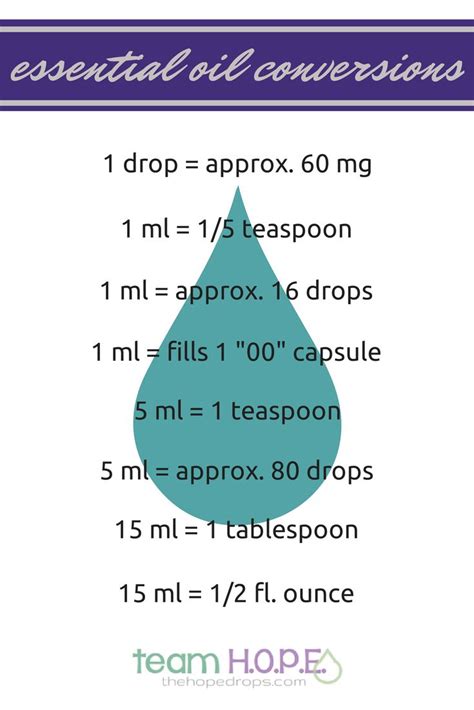How Many Drops Are In 1ml
listenit
Mar 26, 2025 · 4 min read

Table of Contents
How Many Drops Are in 1ml? A Deep Dive into Drop Volume and Its Variations
Determining the exact number of drops in 1 milliliter (ml) is surprisingly complex. While a common estimation exists, the reality is that the number of drops in a milliliter is highly variable. This variability stems from several factors that influence the size and shape of each drop. Understanding these factors is crucial for accurate measurements in various applications, from medicine and cooking to scientific experiments. This comprehensive guide will explore the nuances of drop volume, its influencing factors, and provide you with the knowledge to make informed estimations.
The Myth of 20 Drops per Milliliter
You'll often encounter the rule of thumb that there are approximately 20 drops in 1 ml. However, this is a significant oversimplification. This approximation holds true only under very specific and controlled conditions. Consider it a rough estimate, not a precise conversion factor. Relying on this number for critical applications, such as precise medication dosage or scientific experiments, can lead to significant errors and potentially dangerous consequences.
Factors Affecting Drop Size and Volume
The size of a drop is determined by several interacting factors:
1. The Liquid's Properties:
- Surface Tension: This is arguably the most significant factor. Liquids with higher surface tension, like water, tend to form smaller, more uniform drops compared to liquids with lower surface tension, such as alcohol or essential oils. Surface tension is the force that holds the liquid molecules together, resisting the formation of larger drops.
- Viscosity: Thick, viscous liquids like honey or syrup will produce larger drops than low-viscosity liquids like water. The resistance to flow influences how much liquid accumulates before detaching as a drop.
- Density: While less impactful than surface tension and viscosity, density still plays a role. Denser liquids may tend to form slightly smaller drops due to the increased gravitational forces acting upon them.
2. The Dropper's Characteristics:
- Dropper Tip Diameter: The size of the opening at the end of the dropper significantly impacts drop size. A smaller opening will create smaller drops, while a larger opening will create larger drops.
- Dropper Material: The material of the dropper can slightly affect the interaction with the liquid and consequently the drop size. The surface properties of the dropper material can influence the liquid's adhesion and thus affect the volume of the drop.
- Dropper Design: The design of the dropper, including the angle and shape of the tip, can also affect how the liquid flows and forms drops. Some droppers are designed to deliver more consistent drops than others.
- Manufacturing Variations: Even droppers from the same manufacturer can show slight variations in tip size and design, leading to inconsistent drop sizes.
3. Environmental Conditions:
- Temperature: Temperature changes can affect the surface tension and viscosity of liquids, directly influencing drop size. Higher temperatures generally decrease surface tension and viscosity.
- Gravity: Though the effect is subtle on Earth, gravity plays a role in the formation of drops. In microgravity environments, drop size will be significantly different.
The Importance of Accurate Measurement
The inaccuracy inherent in using drops as a unit of measurement highlights the critical need for more precise tools in specific situations:
- Medicine: Inaccurate medication dosage can have severe health consequences. Always rely on calibrated measuring tools like syringes or calibrated spoons for administering medicine.
- Scientific Research: Experiments requiring precise volumes require accurate measuring instruments like micropipettes and volumetric flasks. Using drops as a measure can introduce significant errors that affect the validity and reproducibility of research.
- Cooking and Baking: While minor variations in drop size may not be critical in many recipes, accuracy can significantly impact the outcome of delicate recipes. Using standardized measuring tools is still recommended for consistent results.
Alternatives to Drop Measurement: The Importance of Precise Tools
Instead of relying on the unreliable "drops" method, utilizing precise measurement tools is crucial for accurate and consistent results:
- Graduated Cylinders: Ideal for measuring larger volumes of liquids.
- Volumetric Pipettes: Used for transferring and measuring precise volumes of liquids.
- Micropipettes: Used for highly accurate measurement and dispensing of very small volumes.
- Syringes: Offer precise control over liquid dispensing, ideal for medications and small-volume applications.
- Electronic Balances: By weighing the liquid, one can determine its volume based on its density.
Conclusion: Beyond the 20-Drop Myth
The commonly cited figure of 20 drops per milliliter is a vast oversimplification, useful only for the broadest of estimations. The actual number of drops in 1 ml is highly variable and depends on numerous factors, including liquid properties, dropper characteristics, and environmental conditions. For accurate measurements in critical applications, always rely on calibrated and precise measuring instruments. Understanding the variability inherent in drop size allows for better judgment in various contexts and helps avoid errors. This knowledge underscores the importance of selecting the appropriate measurement tool for the task at hand, ensuring accuracy and reproducibility in any endeavor where precise liquid measurement is essential. Remember that precision is key in many fields and that approximations, while sometimes helpful, should never replace accurate measurement techniques where precision matters.
Latest Posts
Latest Posts
-
What Is The Square Root Of 2000
Mar 29, 2025
-
What Are 4 Agents Of Erosion
Mar 29, 2025
-
Molar Mass Of Sr No3 2
Mar 29, 2025
-
Is 2 3 Less Than 3 4
Mar 29, 2025
-
How Were These Elements In The First Periodic Table Arranged
Mar 29, 2025
Related Post
Thank you for visiting our website which covers about How Many Drops Are In 1ml . We hope the information provided has been useful to you. Feel free to contact us if you have any questions or need further assistance. See you next time and don't miss to bookmark.
